Stachybotrys chartarum
From Wikipedia, the free encyclopedia
Stachybotrys chartarum[note 1] (/stækiːˈbɒtrɪs tʃɑːrˈtɛərəm/, stak-ee-BO-tris char-TARE-əm[1]), also known as black mould or toxic black mould, is a variety of microfungus that produces its conidia in slime heads. It is sometimes found in soil and grain, but the mould is often detected in cellulose-rich building materials from damp or water-damaged buildings.[2] S. chartarum was initially discovered on the wall of a house in Prague in 1837 by Czech mycologist August Carl Joseph Corda. It requires very high moisture levels to grow and is associated with wet gypsum material and wallpaper.[3]
Contents
1Growth, reproduction, and habitat
2Toxicity
3See also
4Notes
5References
6External links
Growth, reproduction, and habitat
S. chartarum is a slow-growing mould that does not compete well with other moulds. It is only rarely found in nature and seldom encounters the living environment occasionally produced by human habitation (i.e., large amounts of cellulose, significant temperature fluctuations, low nitrogen, no other moulds, no sunlight, and ample constant humidity).[4] The spores are only released into the ambient air when the mould is mechanically disturbed, particularly when wet. It is considered an uncommon contaminant of most indoor air.[5]
Not all strains of S. chartarum produce mycotoxins, and under certain conditions, some of these lose the ability to make such toxins over time; the presence of high indoor humidity does not imply that mycotoxin-producing S. chartarum is also present; even intense exposure in a laboratory setting of rats to vapours from walls entirely covered in S. chartarum resulted in few notable biological effects (possibly because the air contained almost no spores, perhaps because the walls were not disturbed during the experiment). In another experiment, mice exposed to concentrations of mycotoxins from S. chartarum much more significant than a human could obtain in any living environment showed no ill effects. According to one author, “These studies suggest that the concentrations of airborne spores of S. chartarum realistically obtainable in indoor air are too low to produce clinical effects.” [5][6]
Toxicity – Claims of health problems related to this:
Black Mould
have been documented in humans and animals since the 1930s.[7] More recently, S. chartarum has been linked with so-called sick building syndrome. However, the link has not been firmly established in the scientific literature.[8]
In 1994 the US Center for Disease Control verified that several infants in Cleveland, Ohio became sick. Some died from pulmonary hemosiderosis (bleeding in the lungs) following exposure to unusually high levels of S. chartarum spores.[4] A subsequent investigation by the CDC did not reveal a definitive link between mould exposure and infant deaths.
In 2007 the journal Veterinary Forum published an article reporting that two cats had died under anaesthesia in what is believed to be the first documented case of black mould poisoning in pets. The cats had been living in Florida in a water damaged home. Both cats experienced severe pulmonary haemorrhages during routine dental procedures and later died. Blood tests confirmed a toxin produced by S. chartarum, and severe mould contamination was found in the home.
Introducing: Mr Meticulous Cleaning Services
Mr Meticulous Cleaning Services has been looking after you and your friend’s and families’ homes and offices throughout Australia since 1995. We engage highly trained and skilled cleaners who pride their results. Our team specialises in end of lease cleaning and commercial cleaning but produce a high level of professionalism and cleanliness in any facet of the industry.
We offer services for cleaning your home weekly or fortnightly, one-off deep cleaning services or end of lease cleans. Homes aren’t the only place we tend; many builders clean or shop fit-out cleaning services are available. We understand all the work that goes into a building project, and the last thing you want is for messy surprises at hand over. Our team is professional, reliable, and dedicated and will ensure your project is left spotless.
End of Lease Cleaning and our Bond Cleaning Service is something that we have become well known for. We have completed 1000’s of end of lease cleaning jobs for individuals and real estate agencies. Our Bond Cleaning Service not only offers general cleaning, but we also offer:
Deep Cleaning
Strata Cleaning
Office Cleaning
Mould removal
End of Builders Cleaner
Steam Cleaning Carpets
High-pressure cleaning
Event or Party cleaning
Window and Glass cleaning
Oven – Stovetop and Rangehood detailing
We look after everything for your end of lease cleans, or Bond cleans so that we can guarantee your Bond is returned. Email Enquiries welcomed
Mr Meticulous Cleaning Services has a cleaning team near you. We charge only after the service and will correct, fix or discuss any situation. We offer seven days a week cleaning, and we’re 5 Star rated on Google, the most powerful and trusted search engine for reviews and social proof that I would put my trust in, and having a 100 % money-back guarantee, you can not go wrong.
We are accountable; we are on all social media platforms. We are contactable, widely known, verified and trusted. We were cleaning in the ’90s and now the 000’s, and we will continue into the future and beyond.
Marc Hamilton has been the owner since its inception in 1995. Marc started and will continue to be the face and contactable person within this business. Always available. We are not a faceless, contactless, unknown person behind any website geared towards share prices and company earnings. Both Marc and our team of dedicated cleaners value working for you and hold a personal commitment and interest to provide the best service possible. We are in this together.
You are welcome to contact us on 0402 317 313 or office@mrmeticulous.com.au.


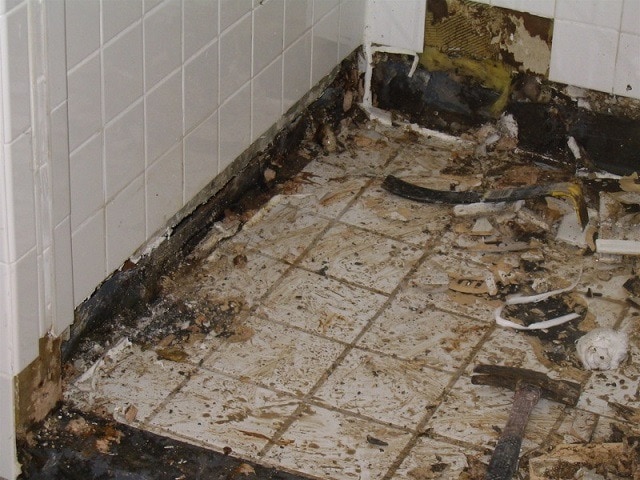
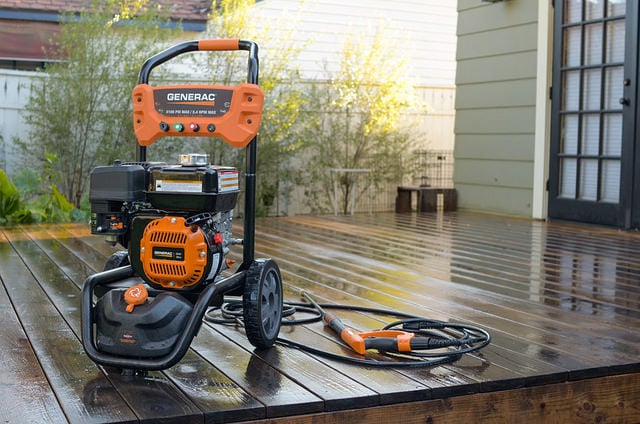


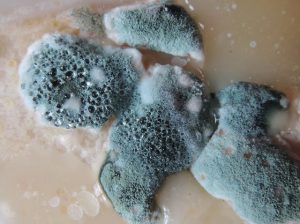

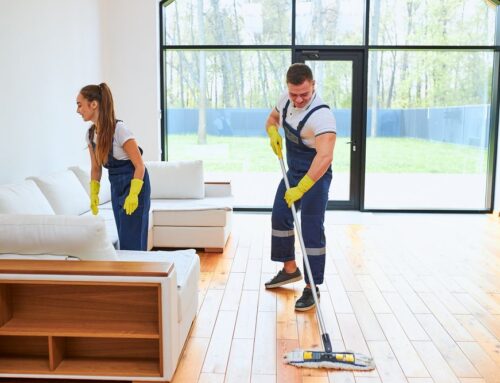
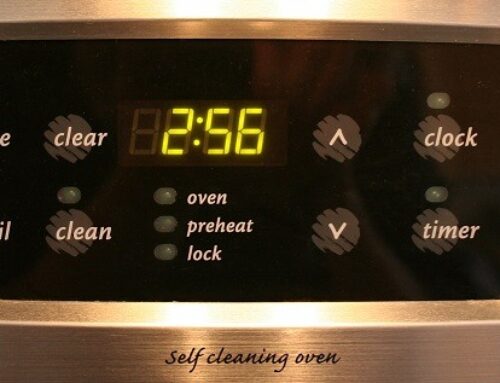
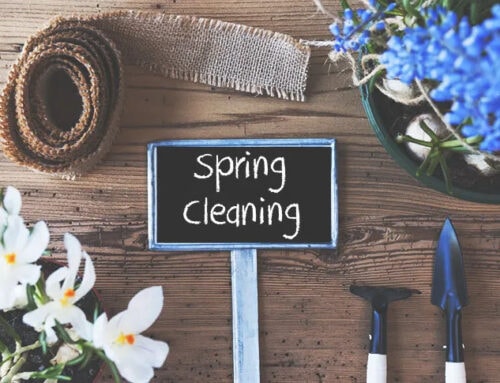
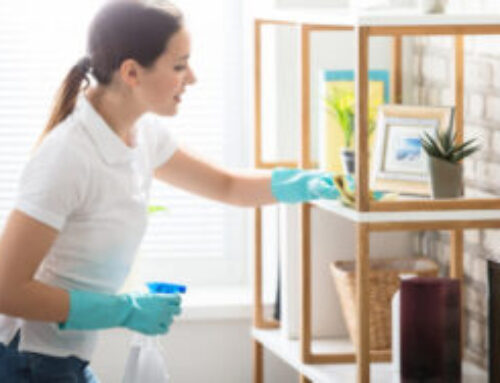

Leave A Comment
You must be logged in to post a comment.